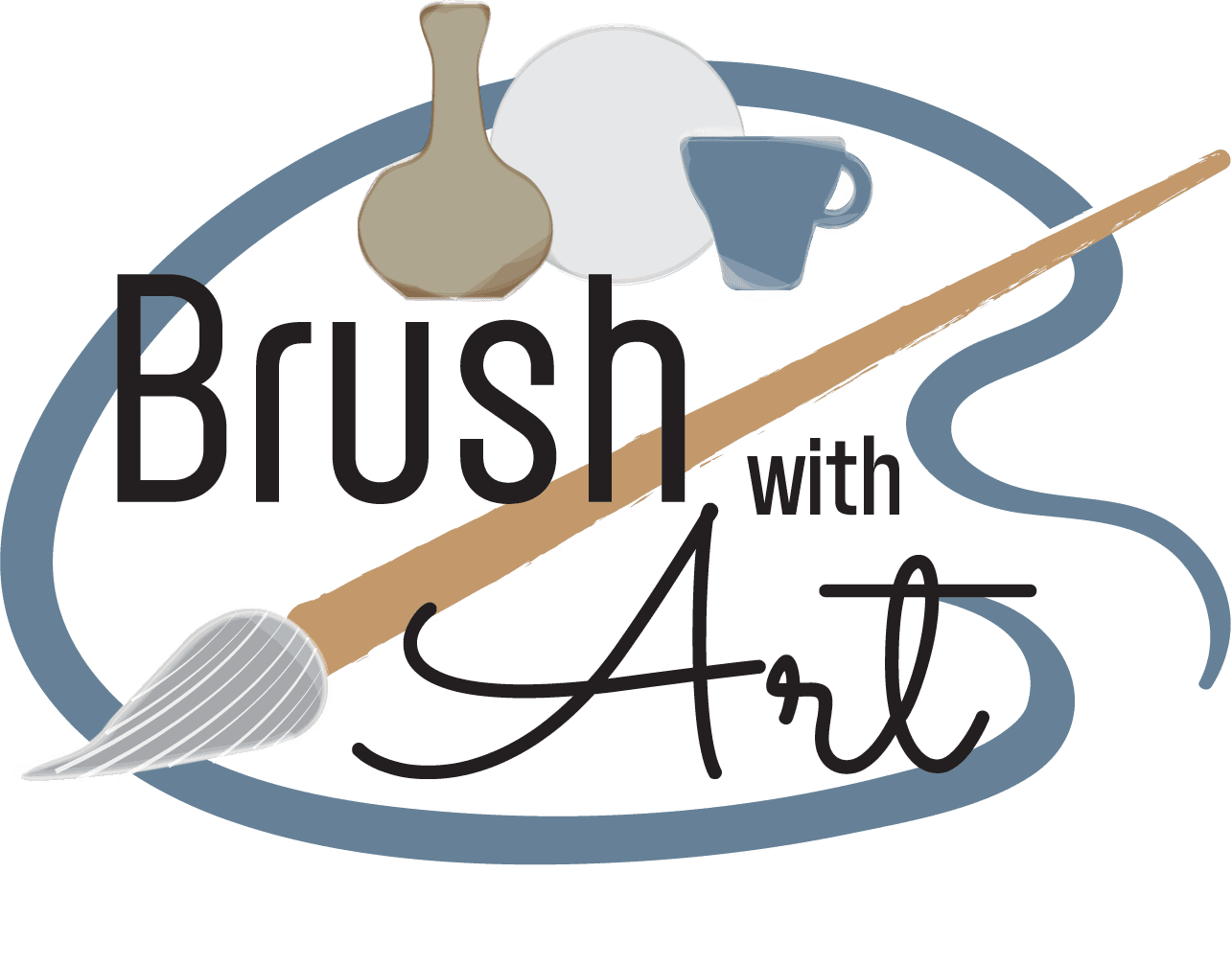Partnering with Local Organizations to Bring Art to the Community
Building a Vibrant Art Community
Partnering with local organizations to bring art to the community is an inspiring way to foster creativity and enhance cultural engagement. Collaborations between art institutions, schools, businesses, and nonprofits can transform public spaces and enrich the lives of residents. By pooling resources and expertise, these partnerships can create a dynamic and accessible art scene for everyone to enjoy.
One of the key benefits of such collaborations is the ability to reach a broader audience. Local organizations already have established networks and connections, allowing art initiatives to tap into a wider community base. This not only increases participation in art events but also encourages diverse groups to engage with and appreciate art in new ways.

Engaging Local Talent
Working with local artists is one of the most effective ways to ensure that art initiatives resonate with the community. Local artists bring unique perspectives and a deep understanding of the cultural nuances within the area. By involving them in projects, organizations can create art that reflects the community's identity and stories.
Furthermore, these partnerships provide valuable opportunities for local artists to showcase their work and gain recognition. This exposure can lead to further career opportunities and help sustain a thriving local arts scene. It's a win-win situation where both artists and the community benefit from the collaboration.
Creating Accessible Art Spaces
Accessibility is a crucial factor in making art available to everyone. By collaborating with local organizations, art initiatives can utilize various venues, such as parks, community centers, and schools, to host exhibitions and workshops. These venues often have the necessary infrastructure and are familiar to community members, making them ideal locations for art events.

Additionally, partnerships can help reduce barriers to participation by offering free or low-cost events. This inclusivity ensures that people from all walks of life can experience and enjoy art, fostering a sense of belonging and community pride.
Promoting Art Education
Education is another critical component of bringing art to the community. Collaborations with local schools and educational organizations can enhance art education programs and provide students with hands-on experiences. Schools can benefit from visiting artists who bring fresh perspectives into the classroom, while students gain exposure to new techniques and ideas.
Moreover, these educational partnerships can extend beyond schools. Workshops and classes for adults can also be organized, encouraging lifelong learning and engagement with the arts. By investing in education, communities can cultivate future generations of artists and art enthusiasts.

Boosting Economic Growth
The impact of art on local economies should not be underestimated. Partnering with local businesses can lead to mutually beneficial relationships where art projects attract visitors and boost commerce. Art festivals, gallery walks, and public installations can draw tourists, increasing foot traffic for local shops and restaurants.
Furthermore, supporting local artists and art initiatives contributes to job creation and economic development. By investing in the arts, communities not only enhance their cultural landscape but also stimulate economic growth.
Fostering Community Connections
Ultimately, partnerships that bring art to the community help foster strong social connections. Art has the power to bring people together, sparking conversations and building understanding among diverse groups. Collaborations between local organizations can create inclusive spaces where everyone feels welcome and valued.
By prioritizing partnerships that focus on community engagement through art, we can build vibrant, connected neighborhoods where creativity thrives. Together, we can make art an integral part of everyday life, enriching our communities for generations to come.
